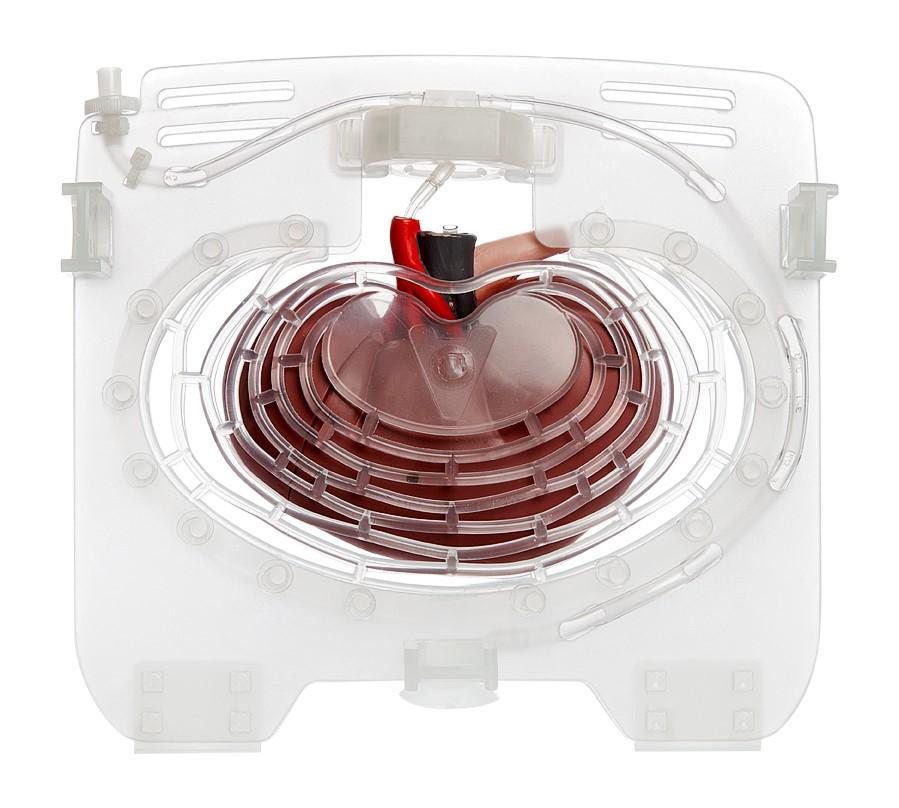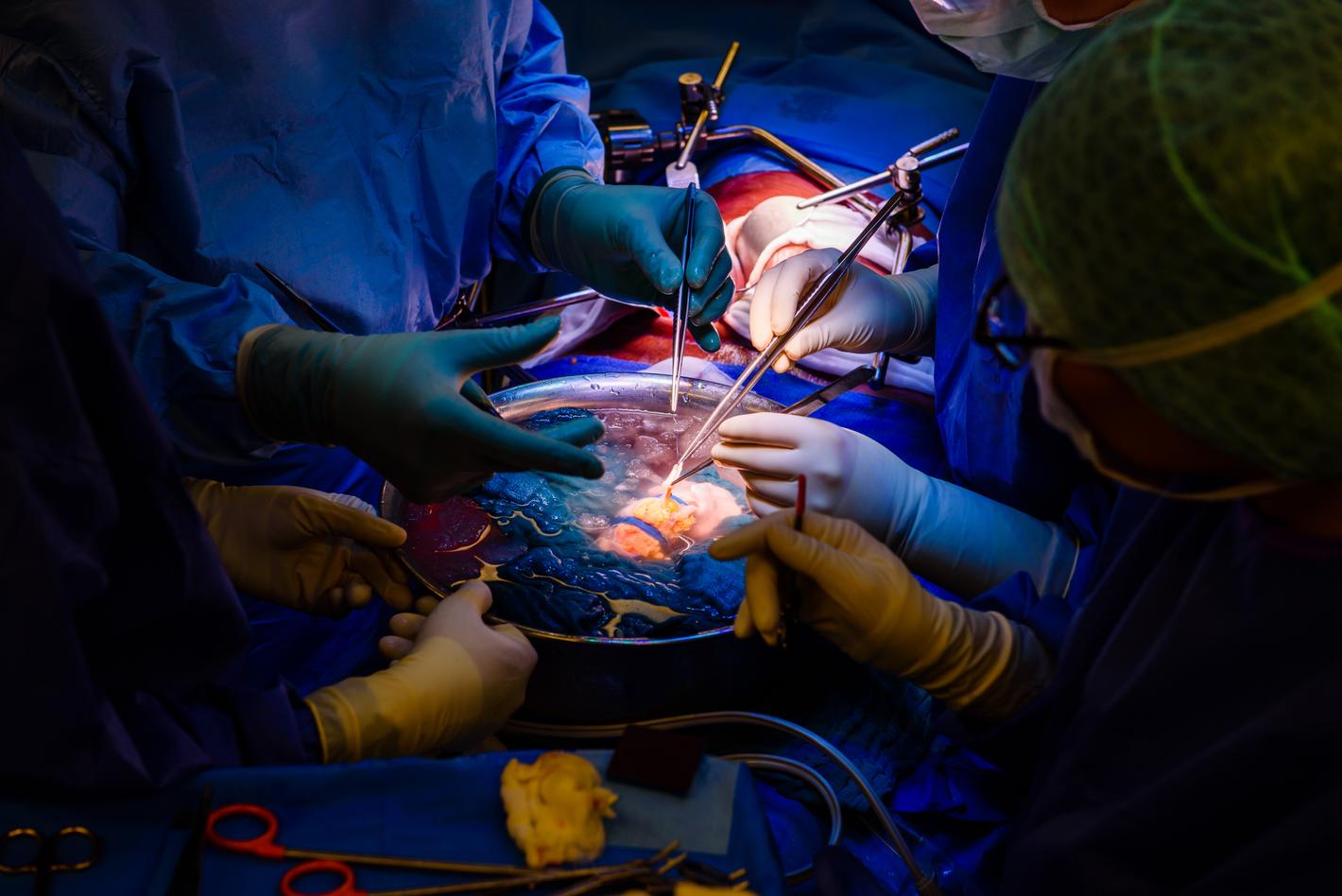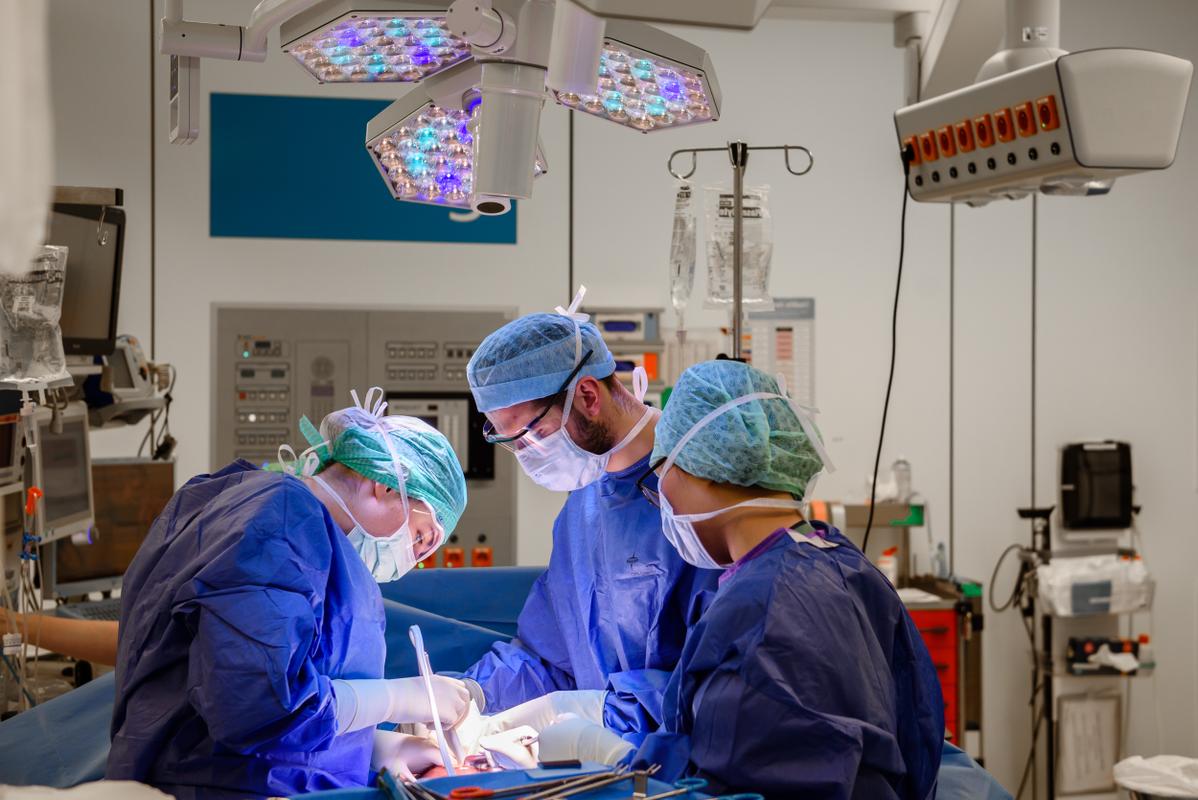There is a persistent organ shortage and patients die on the transplant waiting list in all countries. In the UK, there are approximately 6,000 patients waiting for a kidney transplant, and 1 patient dies each day while waiting. Therefore, many centres will nowadays accept organs from older and higher-risk donors to reduce the gap between the needed and available number of transplant organs. This policy change comes with a consequence as more ‘difficult’ organs may not function properly or cause complications.
Cold preservation
Until recently, best practice for transporting kidneys from donor to recipient centre meant ice and a special preservation solution. “Previously, we were able to show that machine perfusion is better for the kidney than simple cold storage. Recently, however, science provided convincing data that the lack of oxygen between the removal and transplantation of the kidney was a major problem,” says Dr. Sijbrand Hofker, transplant surgeon at UMC Groningen and one of the study's researchers.

Therefore, COPE researchers from UZ Leuven, UMC Groningen and the University of Oxford developed a new strategy of kidney machine perfusion with continuous oxygenation before transplantation. This method was compared to perfusion without oxygen in a high-risk group of donor kidneys and the effect on clinical outcomes evaluated. Since a donor has two kidneys which are given to two different recipients, one kidney was treated with oxygenated perfusion and the other one without oxygen. Follow-up looked at immediate function, complications and results at one year after transplantation.
Less organ loss and rejection
No difference was found in immediate function, however, during the first year more kidneys stopped working and failed in the group not treated with oxygen. Also, more rejection episodes occurred in kidneys without oxygenated perfusion.
“When we looked at the kidneys that stopped functioning altogether over that year, and were therefore 'lost', or experienced acute rejection symptoms, there was a significant difference. Kidneys which had been given oxygen showed up to half as many acute rejection symptoms and the risk of kidney loss was greatly reduced,” says Professor Ina Jochmans, transplant surgeon at UZ Leuven and one of the study's co-ordinators.
Known mechanism
The results of this study confirm what scientists have found out about the mechanism of oxygen deficiency causing damage. Pre-transplant oxygen deprivation initiates a complex reaction with a profound inflammatory response in the kidney after transplantation. This inflammation alerts the immune system and renders the organ more susceptible to rejection. In turn, this will cause scarring of the tissue, with a decline of function, eventually the kidney may stop working entirely.
International
As organs are nationally and internationally exchanged and donor kidneys have to travel hundreds of kilometres from donor to recipient, a dedicated logistical system had to be established as part of the trial to deliver organs on a perfusion machine safely and on time. This challenging cross-border trial was not only a scientific, but also an operational success, largely due to the great support of professionals, centres and authorities.
“We need clinical evidence to convince patients, professionals and health authorities which technologies add real clinical impact and should therefore be implemented in standard care, benefitting our patients,” says Professor Rutger Ploeg, Professor of Transplant Biology and transplant surgeon at the University of Oxford and co-ordinating principal investigator of the COPE Consortium.
“Such complex trials are only successful due to a multicentre, multidisciplinary and international collaboration with funding by large programmes such as HORIZON 2020. The COPE Consortium is a good example of how well cross-border clinical science can work.”
About the COPE Consortium
The Consortium for Organ Preservation in Europe (COPE) was established in 2010 as an international platform including many research groups and transplant centres across Europe aiming to develop and evaluate novel technologies to improve donor organ quality before transplantation enhancing clinical results and benefitting patients. The Consortium is sponsored by the University of Oxford. In 2012, it was awarded a €6M grant from the European Commission’s EU's 7th Framework Programme on research, technological development and demonstration. The Consortium served as the official organ preservation task force of the European Society for Organ Transplantation (ESOT). COPE involved academic institutions, clinical and scientific experts and small and medium sized enterprises from across Europe to work together on advancing organ preservation techniques. The COPE Consortium has advanced organ preservation technologies by performing clinical and translational studies with on-going experimental refinement. Through testing quality and safety, increasing the efficiency and refining preservation strategies it set out to bring technologies from the bench to the bedside.
Full paper: Oxygenated versus standard cold perfusion preservation in kidney transplantation (COMPARE): a randomised, doubleblind, paired, phase 3 trial. Published in The Lancet, 19 November 2020.

